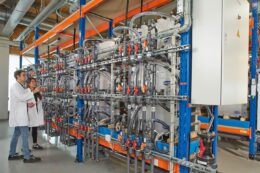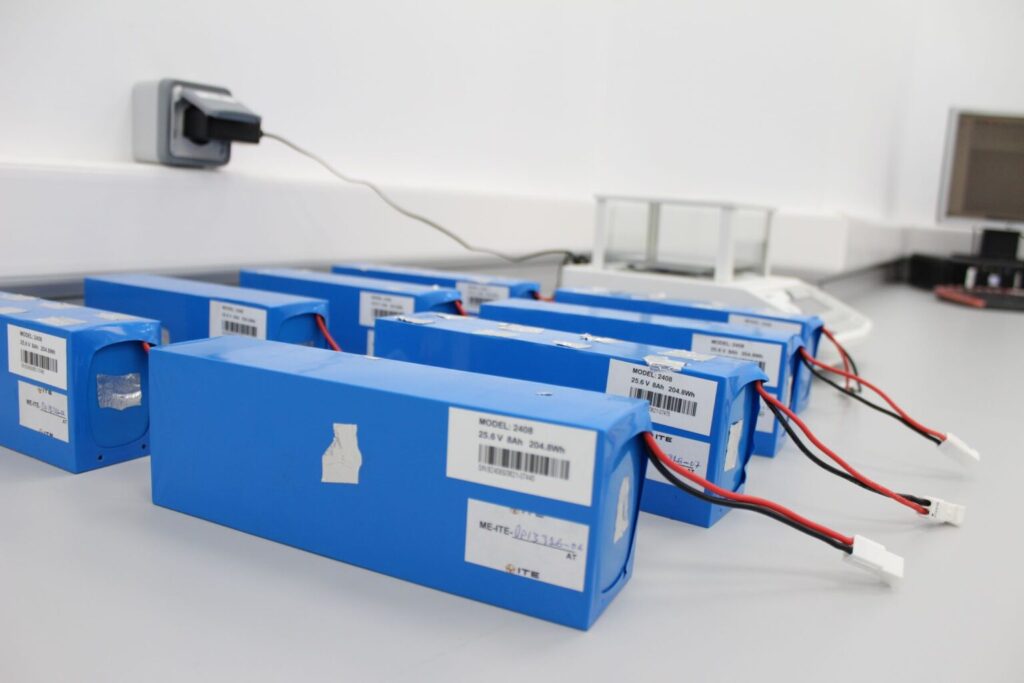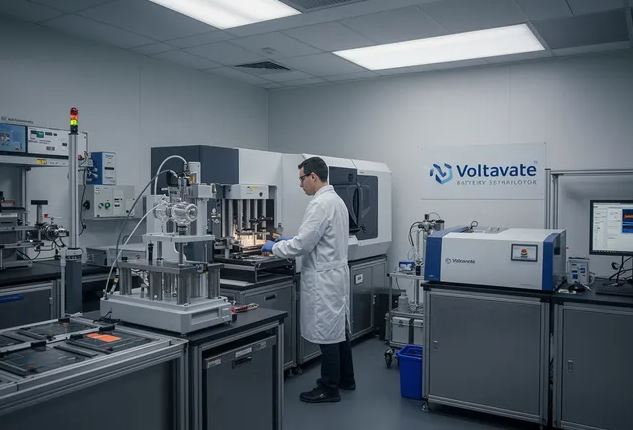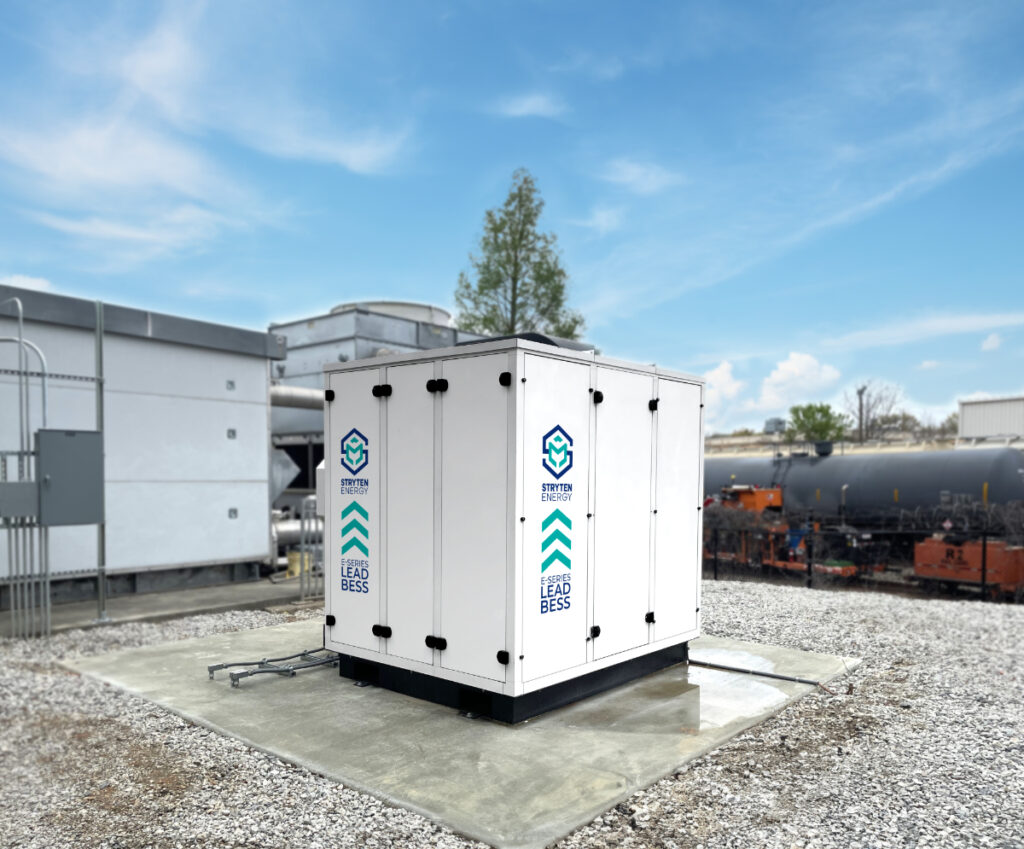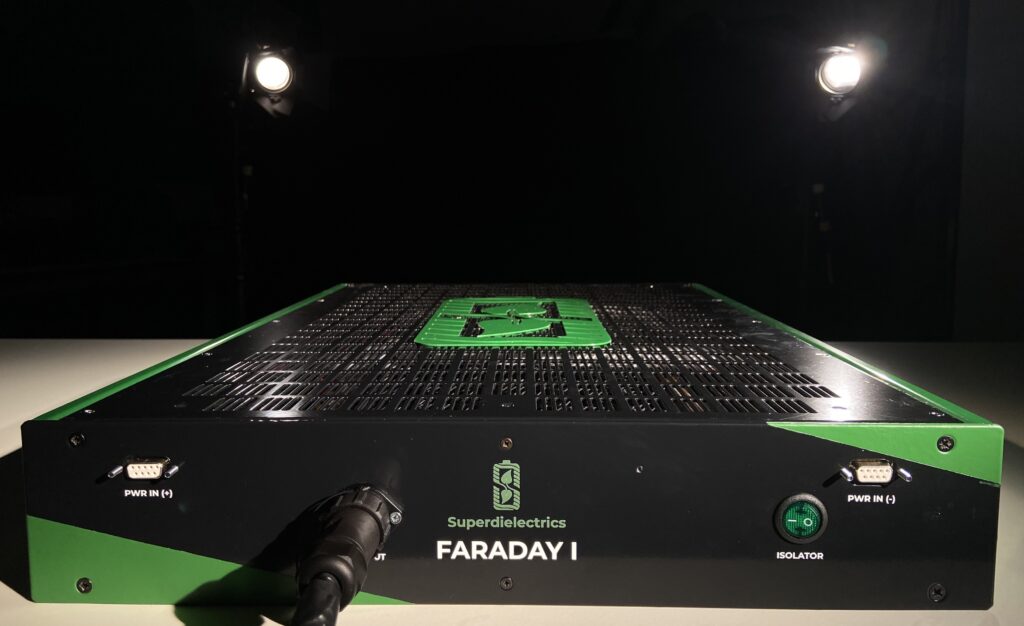R&D
Advertisement
Advertisement
Advertisement
Latest News
Advertisement

“Grid-forming technology is no longer experimental – it’s here and working”
In grids increasingly dominated by renewables, grid-forming technology is emerging as critical tool for maintaining stability and ensuring reliable power system operation. In this interview with ESS News, Rui Sun, Sungrow’s Deputy General Manager-Grid Technology Center, explains how grid-forming works, why it matters, and where the technology is already proving its value. He elaborates on technical challenges, regulatory gaps, and why grid-forming could soon become the new industry standard.

US DOE awards $14m for unique energy storage systems for critical facilities and infrastructure
The US Department of Energy's (DoE) Critical Facility Energy Resilience (CiFER) fund will back an organic quinone flow battery and an iron and sodium long duration energy storage (LDES) system in California, plus a lithium battery with a novel cathode material in New York state.

Batteries with 200 Wh storage per kW of solar capacity could mitigate curtailment in Spain
Researchers have studied the energy and economic implications of the curtailment of solar energy in Spain over the past two years and concluded batteries can mitigate the problem. The academics calculated the impact of curtailment on levelized cost of energy (LCOE) and net present value (NPV).
All R&D news
Advertisement

Optimizing Carnot batteries for renewables storage
Based on the the heat pump-organic rankine cycle, scientists in Portugal have created six different models of Carnot batteries for stationary storage. They investigated 16 different combinations of working fluids and created a multi-objective optimization for the best candidate.

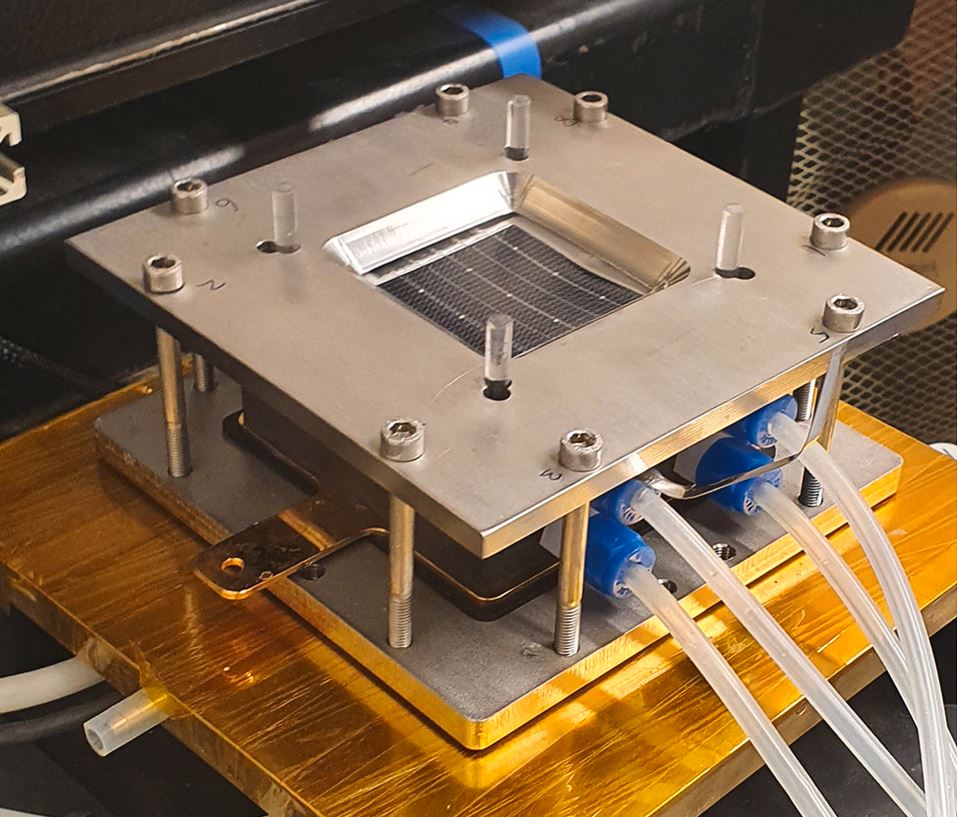
Scientists in UK build solar redox flow battery with 9.54% solar-to-chemical efficiency
The PV-driven redox flow battery can reportedly achieve a maximum solar-to-output electricity efficiency (SOEE) of 3.11% during a 36-hour period. The system incorporates a 25 sq cm heterojunction (HJT) photovoltaic device and is based on a neutral-pH aqueous iodine-bromine redox couple.
Advertisement

Advertisement

